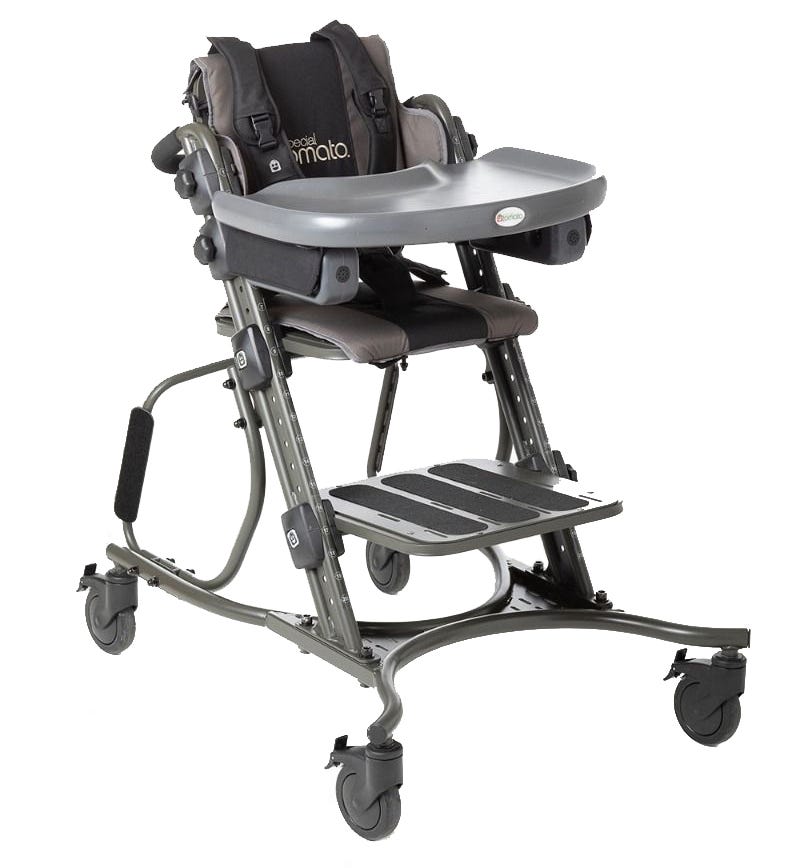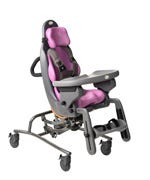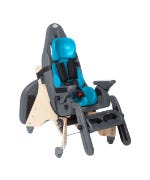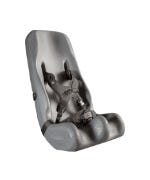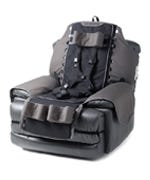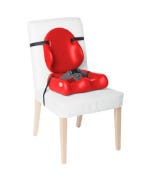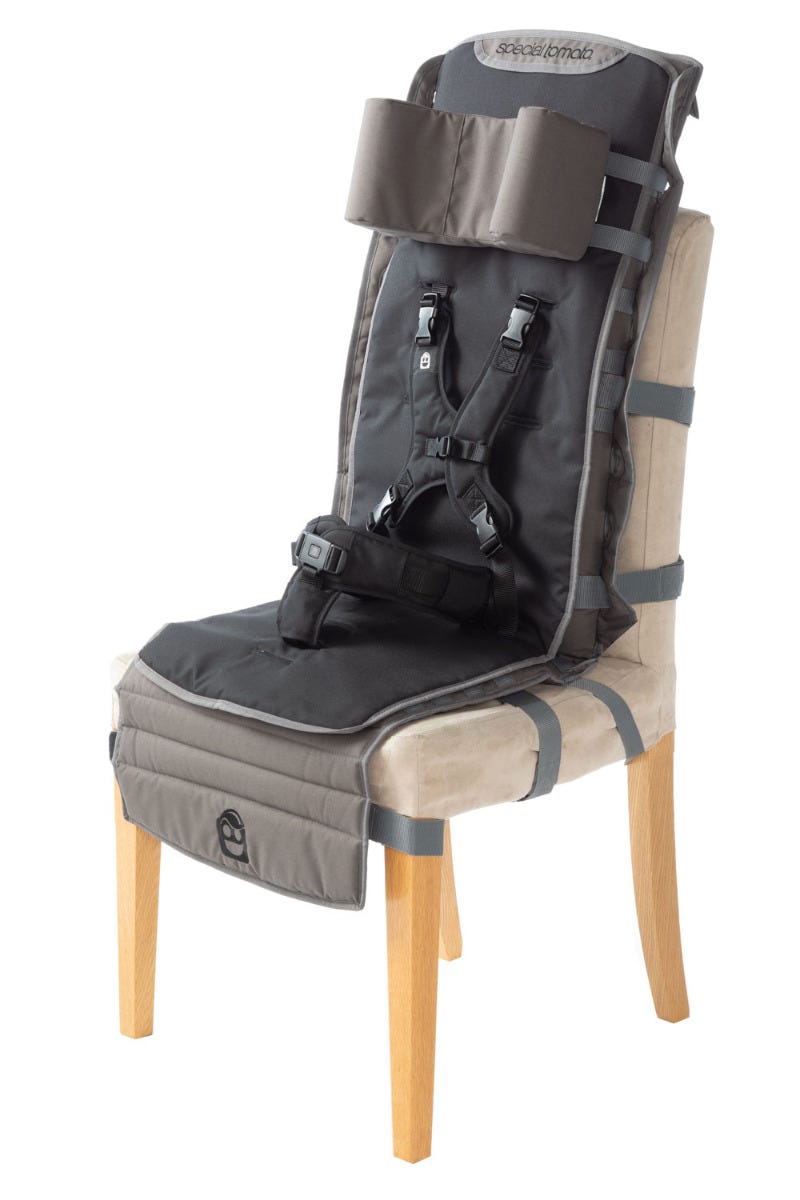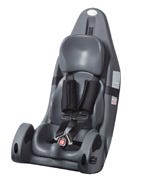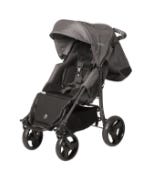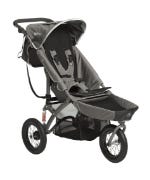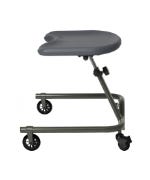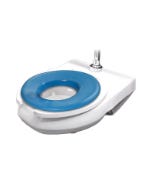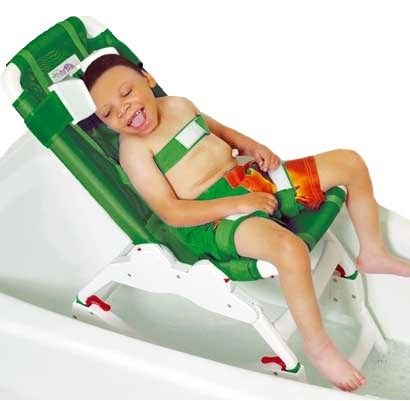When Is It Time to Replace Our Bath Seat?
Proper Fit
Just like any seating system that is used to support a person with special needs who cannot sit independently, there are critical measurements to ensure proper fit.
The manufacturer will provide maximum weight and height limits for use of the bath seat. They cannot be exceeded for safety reasons. It is important that you know what these limits are and replace the bath seat when they have been reached.
Other critical measurements include:
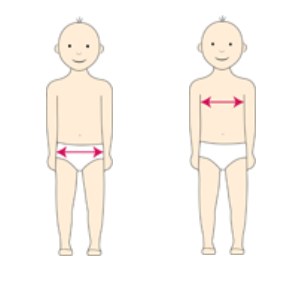

Hip Width & Trunk Width will determine the width of the bath seat you will need. When your child’s hips will not fit into the seat because the seat is too narrow, the bath seat should be replaced.
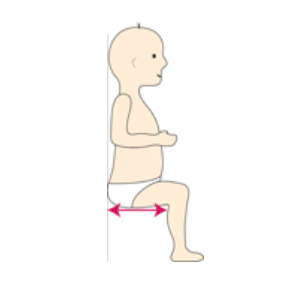

Thigh Depth will help to determine the seat depth needed for your bath seat. If the bend in your child’s knee is more than 2 inches past the edge of the seat when their hips/pelvis are against the back of the seat, the bath seat should be replaced. A short seat depth can lead to the user sliding forward in the chair.
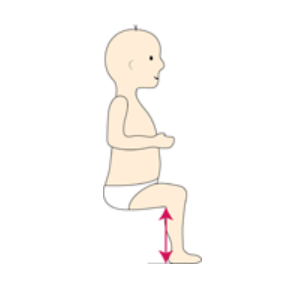

Foot to Knee Height may be required if the bath/shower chair has a footplate. If your child’s thighs don’t rest on the surface of the seat because the footplate doesn’t go low enough, the bath seat should be replaced.
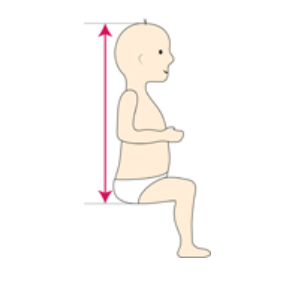

Back Height to Head will determine the seat back height required for your bath seat. If your child’s head is above the height of the seat back and is no longer well supported, the bath seat should be replaced.
Changes in Sitting Ability
Over time, your child’s ability to sit independently may change. Your child may progress to a point where they require less support to sit in the tub. To nurture these abilities, you may want to replace a highly supportive bath seat with one that offers less support. Just like when a typically developing infant moves from an infant tub, to a tub seat, to sitting independently on the floor of the tub, a child with special needs may follow a similar progression at a slower pace. The tub is a great place to learn about maintaining sitting balance and equilibrium in the water and to learn about the properties of bouyancy and how they impact seated stability. A less restrictive bath seat may be just the thing to enhance this learning.
Some children, especially children with significant neuromuscular disorders, find it more difficult to manage their postural control in the water as they grow. They will require increased support from their bath chair. If adding supportive accessories to existing equipment doesn’t provide enough support, you will need to replace your bath seat with a different style seat that offers more support. Learning about all of the different styles of bathing and shower equipment and the support they provide can be very helpful as you begin the process of replacing your bath seat.
Caregiver’s Needs and Safety
The person receiving a bath or shower is not the only person that should be considered when deciding if a bath seat needs to be replaced. Replacing a bath seat with a different style bath seat or shower chair may be just as important for the caregiver who assists with lifts and transfers. Can the caregiver safely lift and lower the bather down into and up out of the tub? It’s a long way to go at a somewhat awkward angle. The side of the tub can be a significant barrier to ease and safety. Bathroom accidents on wet slippery floors are common and become more hazardous when two people are involved. Again, Understanding Bathroom Equipment and all of the options that are available on the market today is the best place to start!

Seat depth versus the user’s thigh depth is a key component to determining if your bathroom seat needs to be replaced. The thigh depth can be the same as the seat depth of the special needs push chair and up to 2 inches longer. If the seat depth is too short, there is less surface area for your child to sit on, giving less area for pressure distribution. Having the right amount of surface area for pressure distribution helps to prevent pressure sores for individuals that cannot shift their weight independently to relieve pressure on their legs.
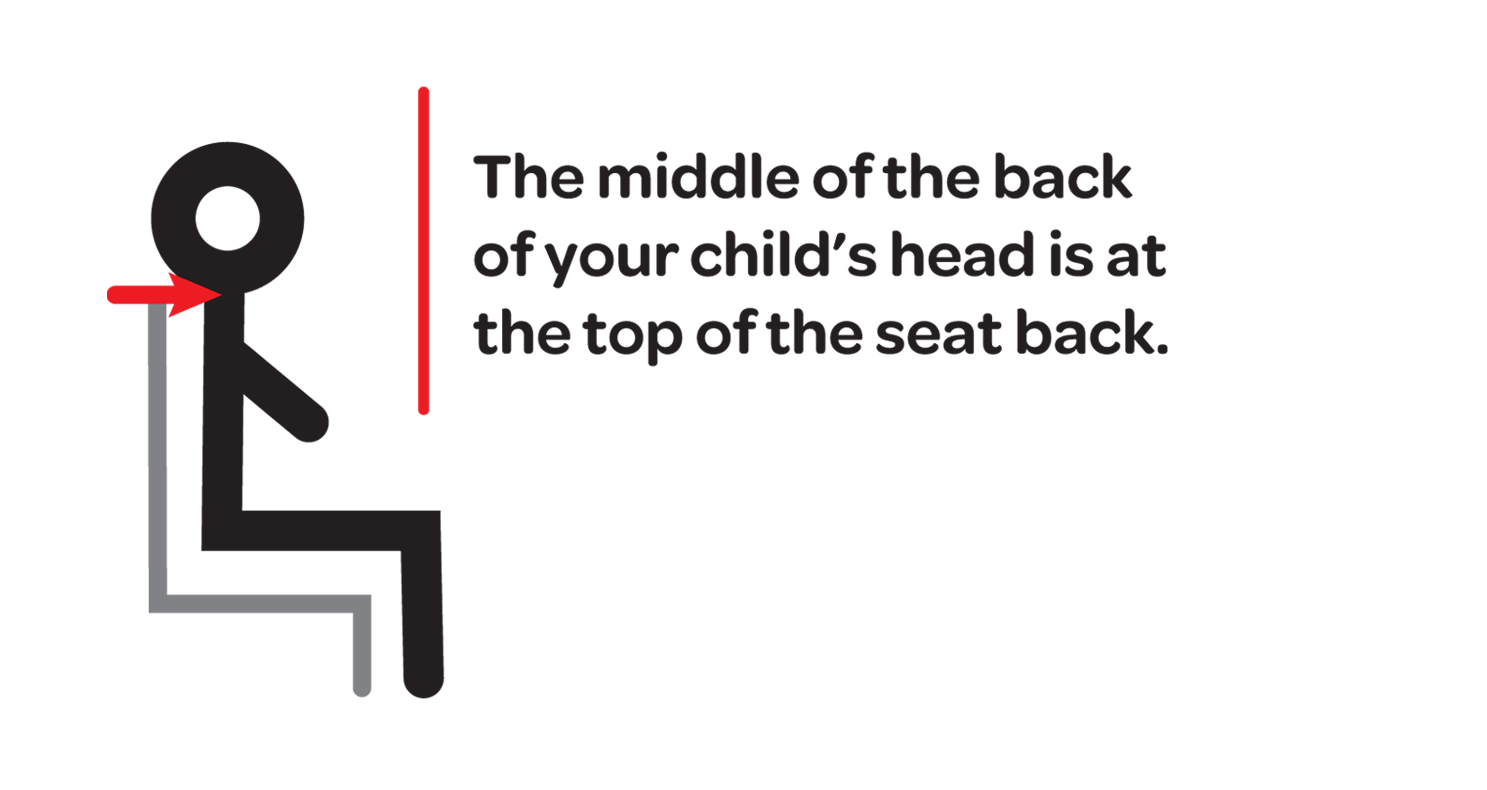
For individuals that require posterior support for the head (support behind the head) to keep their head upright, the seat back height is a critical measurement. Since heads are round, the special needs bathroom seat back height needs to be just above the middle of the back of the head at a minimum to provide the correct support. Once the seat back height of the bathroom seat goes below the middle of the back of the head, it no longer provides proper posterior head support.
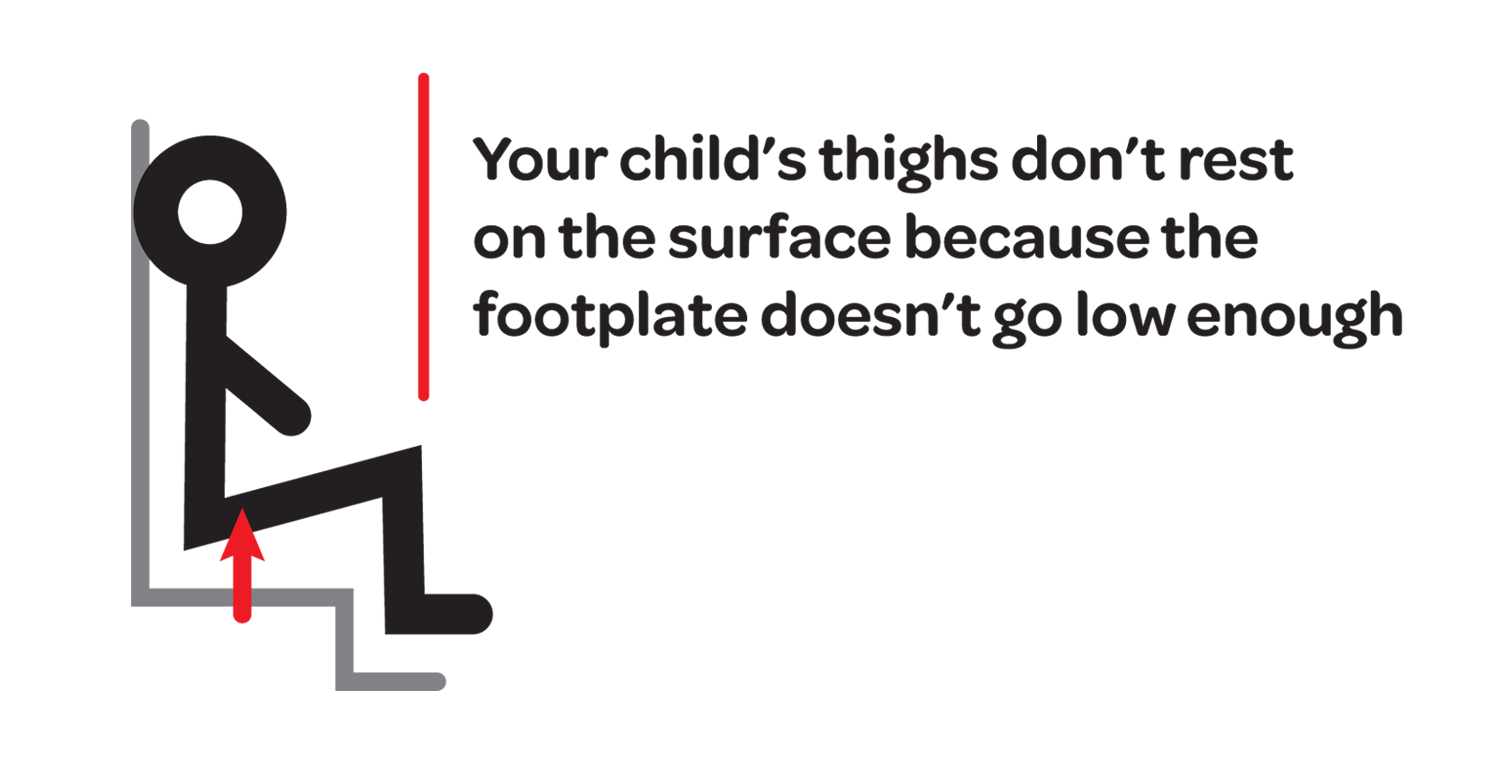
When in a seated position, proper positioning of the feet, knees and hips is critical. If these three joints are aligned, maintaining a seated posture is easier. If the footrest height, at its lowest position, of the bathroom seat makes it so that the thighs do not lay flat on the seat surface, your child has outgrown the special needs bathroom seat. When the footrest is too short, there is extra pressure under the “sit bones” or buttocks. As discussed above, maximizing the pressure distribution area will help to prevent pressure sores.
If one or more of the measurements above are deemed too small, please contact our therapists and they can help you with a proper fit… to start please click the Size-Help and complete a simple form.
Please feel free to call us toll-free at (800) 371-2778 with any questions that you may have about finding the best special needs bathroom seat choice for you and your child. We are here to help you!



